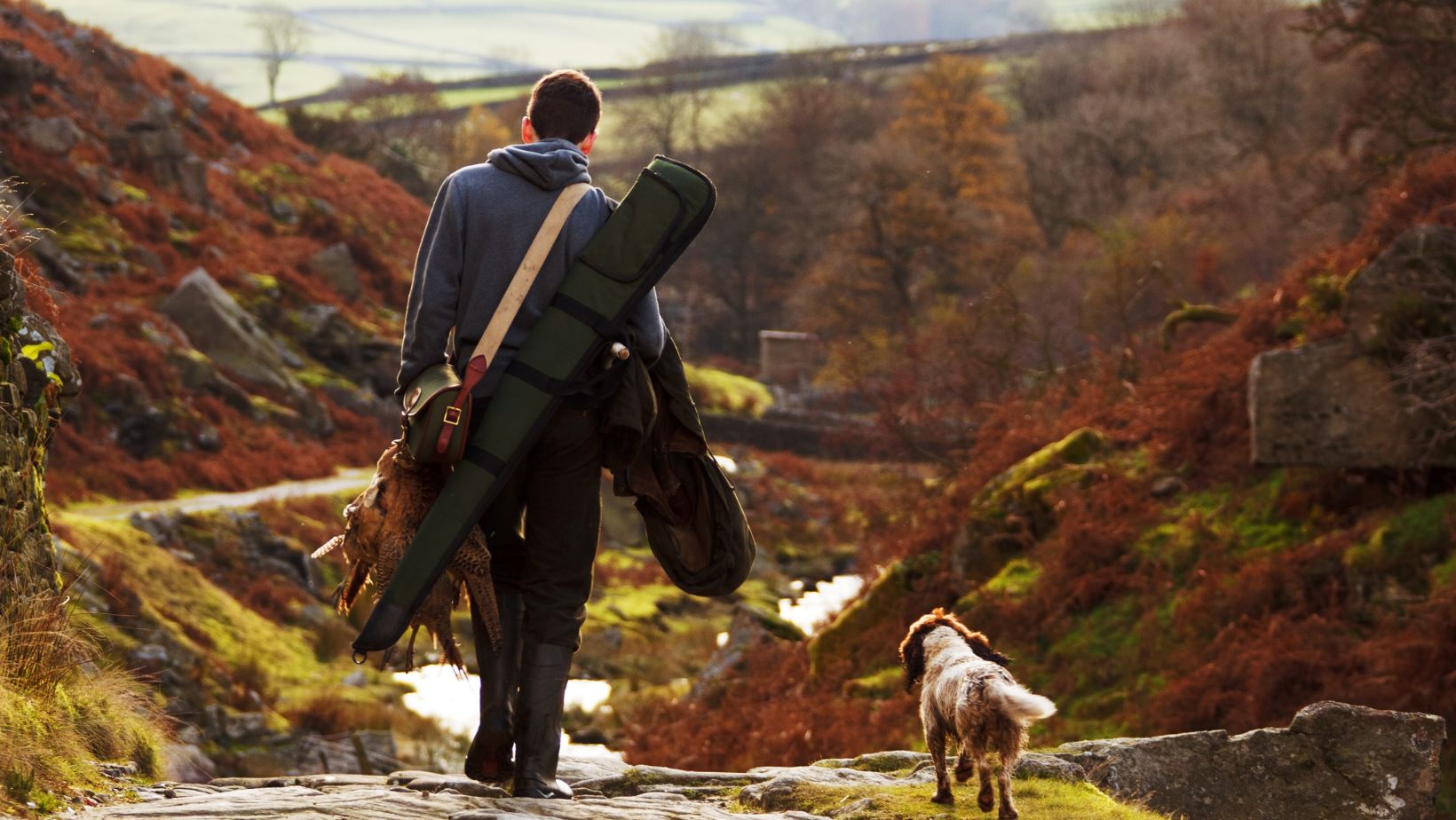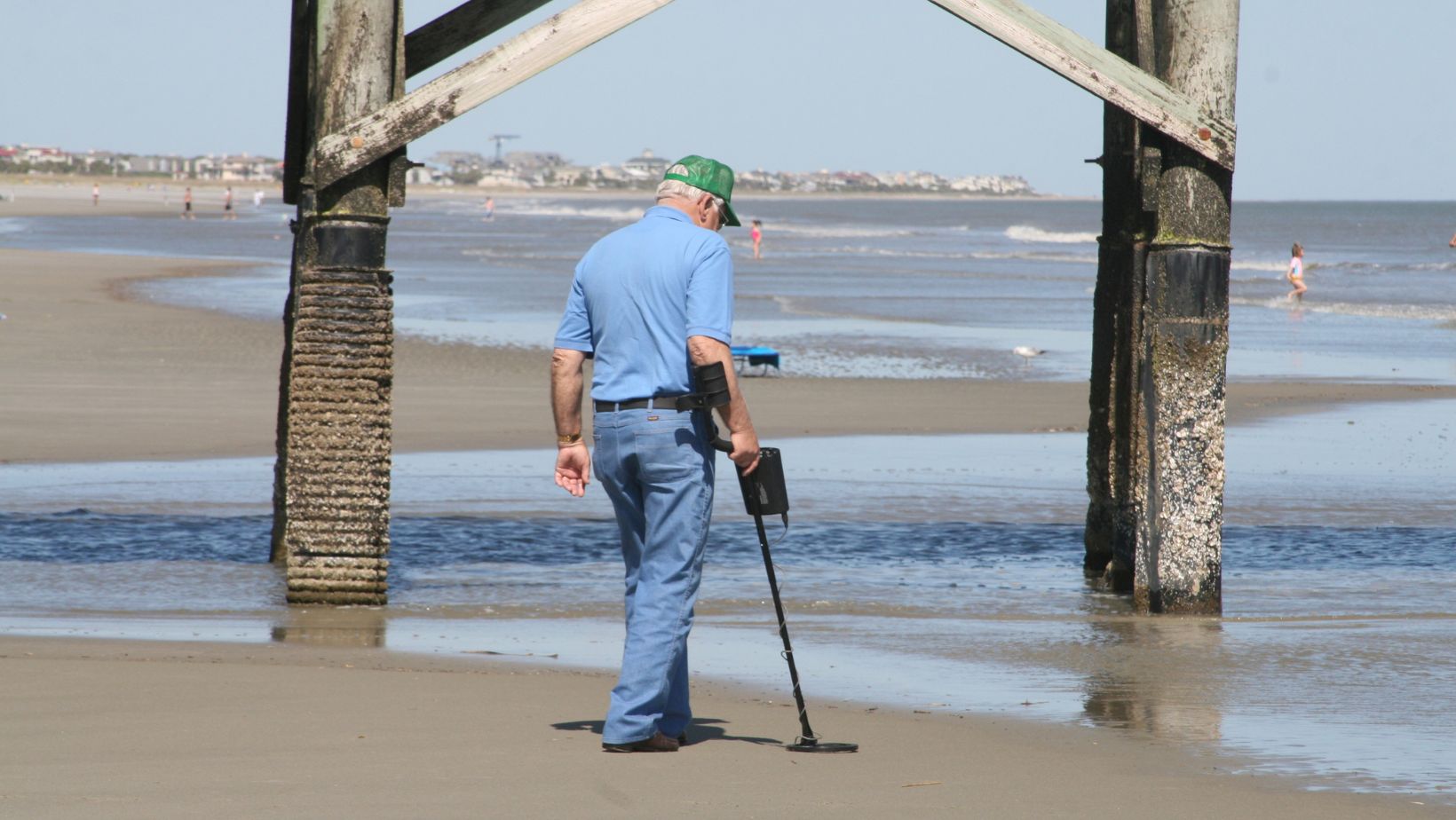Geocaching is a growing global activity where people search for hidden containers called caches using GPS coordinates. It is a high tech version of hide and seek, where the hiding places span forests, cities, beaches, and sometimes even underwater.
The concept is straightforward. After signing up on a website like geocaching.com, users access the coordinates for nearby caches, prepare accordingly, and begin the search. A typical cache includes a waterproof container, a logbook for recording visits, and occasionally a small item such as a geocoin or souvenir. Common items include toy figures, foreign coins, or short notes. Valuable or perishable items are not allowed, and the goal is participation, not reward.
Caches are not buried, though they are often disguised. Some look like bolts on signs, others are magnetic tins placed behind guardrails or under benches. They must be located at least 150 feet from railroad tracks. Difficulty ranges from caches viewable from a car to those requiring trekking through natural terrain or solving layered puzzles.
Physical Movement and Preparedness
Geocaching encourages real world engagement. Unlike screen based entertainment, it requires walking, navigation, and physical awareness. Participants are advised to bring maps, GPS devices, clothing suited to the environment, and basic supplies. Some caches are accessible from roads. Others require extensive hiking or navigation through urban structures.
Growth by the Numbers
Geocaching has expanded steadily since its launch in 2000. According to Outdoor Industry Association data, outdoor activity participation increased by 30 percent after 2020. During that same period, downloads of the geocaching app grew by 70 percent.

As of now, there are more than 3 million active caches in 191 countries and close to 7 million registered users worldwide.
Cache types generally fall into three groups:
- Approximately 40 percent are simple, urban caches
- About 25 percent are puzzle based
- Roughly 35 percent require physical effort or difficult terrain
EarthCaches, supported by the Geological Society of America, provide educational content about geology and geography. These often involve answering questions rather than retrieving items.
Environmental and Legal Considerations
Geocaching often attracts those who enjoy unpredictability and chance — qualities not limited to the outdoors. For some participants, taking a break between treks can include engaging in games of chance in digital spaces like CrownPlay Casino Online. Much like locating a well-hidden cache, the appeal lies in the excitement of not knowing what comes next.
The increase in geocaching activity has led to some challenges. In the United States, over 150 incidents involving trespassing were linked to geocaching in the past year. More than 200 unauthorized caches were removed from protected environments by park authorities.
To address such issues, the community follows a shared code of conduct. Respect for nature, private property, and public regulations is essential. Initiatives like Cache In Trash Out promote environmental responsibility by encouraging players to clean up public areas during their searches.
Motivation Through Problem Solving
Geocaching satisfies the need for exploration and mental stimulation. According to established research, solving clues and completing tasks activates positive psychological responses. The combination of location based challenges and discovery makes the activity uniquely rewarding.
A widely followed example is a cache placed in Germany in 2022, known for its complex cryptographic puzzle. Over 5,000 participants engaged with the challenge, and online discussions helped amplify the experience.
Community and Communication
Though geocaching is often practiced independently, it fosters indirect community connections. Participants may cross paths in the field or recognize usernames and logs online. Forums and mobile apps provide spaces for shared advice, experiences, and guidance.

Virtual caches, which involved visiting locations without retrieving a container, were once permitted but have since been removed from official platforms. These were replaced with waymarking. Waymarking directs participants to points of interest such as landmarks or scenic views and is used in locations where physical geocaching is restricted.
Why It Continues
Geocaching remains popular due to constant change. More than 500 new caches are added each day globally. This variety ensures fresh challenges and ongoing interest from newcomers and longtime participants.
Local organizations and park systems also host events. These often correspond with holidays, historical commemorations, or environmental efforts. For instance, Mardi Gras themed caches in Louisiana or water based caches in Minnesota are tied to regional activities.
Geocaching began in Oregon in 2000 under the name geostashing. It evolved from a mix of GPS use and letterboxing, a hobby involving printed clues. Since then, it has developed into a structured global network, supported by nonprofits, businesses, and educational programs.
Participants should prepare for variable conditions. The activity can involve weather exposure, navigation errors, or difficult terrain. However, it also encourages greater awareness of surroundings and engagement with local spaces.
Next time someone is looking carefully near a park bench or tree, they might be seeking a cache. The experience is open to anyone willing to participate. It continues to grow because it invites people to search, learn, and interact with the physical world in a new way.

